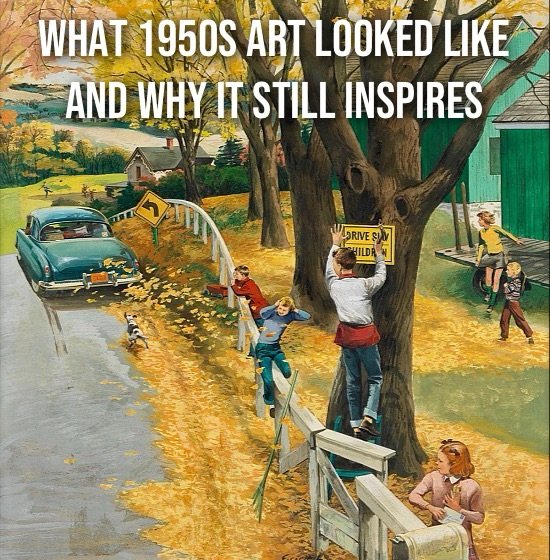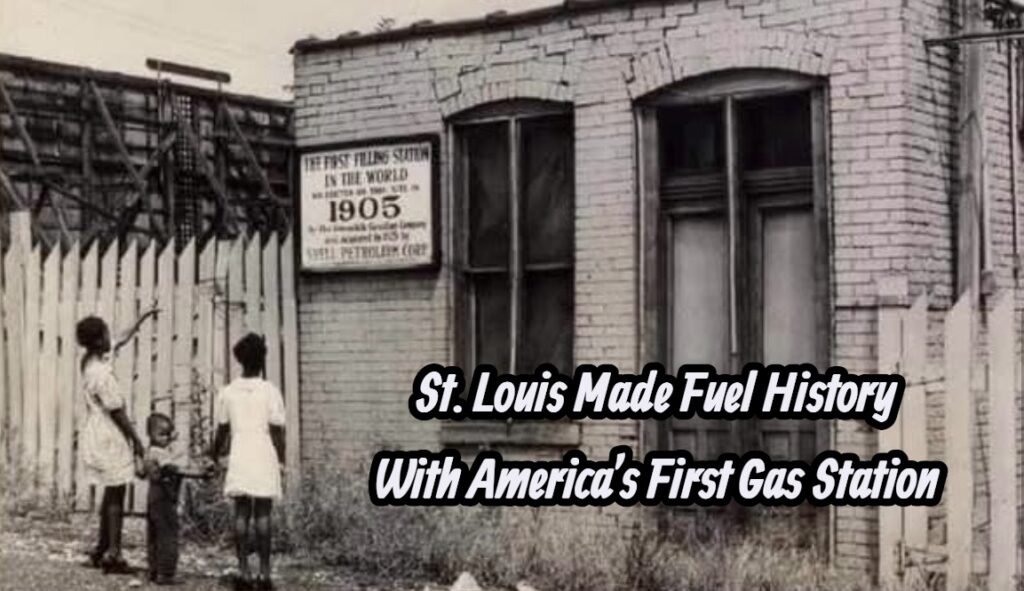
The First Gas Station in the U.S. Was in St. Louis? Yep, It’s True!
When you think about American innovation, places like New York or Detroit might come to mind. But what if I told you the very first gas station in the United States was in St. Louis, Missouri? It’s one of those quiet historical facts that flies under the radar—but it’s 100% true.
In 1905, the city of St. Louis saw a humble building change the course of American transportation. Long before drive-thru coffee or electric car chargers, this little service stop was fueling up early cars while most folks were still using horses and buggies.
What Was the First Gas Station Like?
Forget the towering fuel canopies and snack aisles we know today. The first gas station was more of a curbside operation—a place where fuel was manually pumped into a vehicle using a hand-crank. That station, located at 420 South Theresa Avenue in St. Louis, was run by the Automobile Gasoline Company, a subsidiary of Shell Oil.
It was truly the dawn of a new era. This wasn’t just a place to get gas—it was one of the earliest signs that the automobile was here to stay. Before this station opened, gasoline was mainly sold at pharmacies or hardware stores in small containers. Imagine pouring that into a car tank!
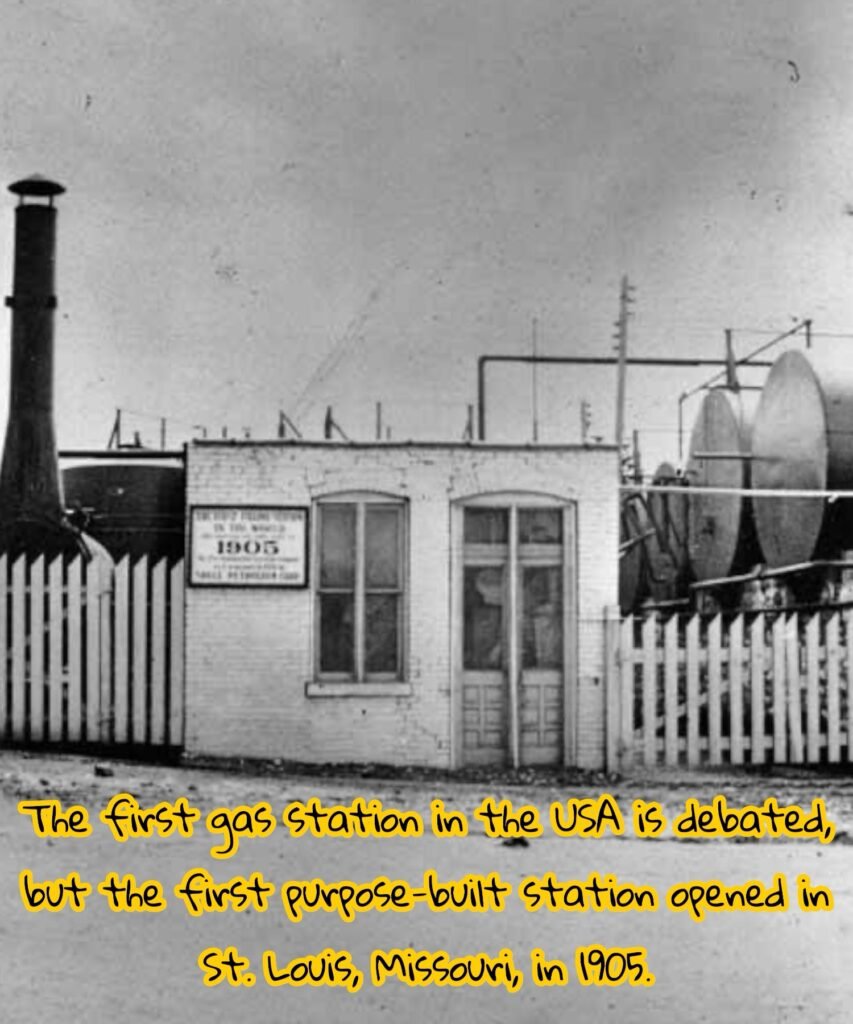
Why Did St. Louis Get the First Gas Station?
St. Louis might not be the first city you’d expect for a gasoline milestone, but it made perfect sense back in the early 1900s.
For one, St. Louis was a booming industrial hub and had become a major center for innovation and trade. Its central location in the U.S. made it a logical place for early car adoption. Plus, the St. Louis World’s Fair in 1904 had just shown off new technologies to a global audience, including some early automobiles. This exposure helped ignite interest in all things automotive.
By 1905, it wasn’t just horses trotting down the roads anymore—it was Model Ts and other early autos that needed fuel, fast.
(Want more Missouri firsts? Check out how the Gateway Arch was built in the 1960s—an engineering feat just as bold.)
What Did It Cost to Fill Up Back Then?
This might hurt a little.
When the first gas station opened in 1905, the price of gasoline was about 7 cents per gallon. That’s not a typo—$0.07. Of course, with inflation and technology, that price makes sense in context, but it still feels wild compared to today’s prices.
At that time, most cars held only 5 to 10 gallons, and a “fill-up” was rare. People often bought just a gallon or two at a time, enough to get them across town or back home. It wasn’t until the 1920s that cars became common enough to need frequent fueling.
The Rise of Gas Stations Across America
After St. Louis made history, the idea of a dedicated gasoline service station caught on fast. By 1913, Gulf Oil opened the first drive-up station in Pittsburgh, which offered not just fuel, but maps and free air too. This was the beginning of the modern gas station boom.
But St. Louis will always have the bragging rights for kicking it all off. It didn’t take long before gas stations became roadside staples, shaping how Americans traveled, vacationed, and even shopped. By the 1920s and 1930s, stations were architectural statements—some designed like little castles or futuristic towers.

Missouri’s Quiet Role in America’s Car Culture
Missouri doesn’t always get the attention it deserves when it comes to car culture and travel history. While Detroit was cranking out vehicles, Missouri was building the infrastructure—like that first gas station—and playing a major role in connecting the country.
St. Louis sat at the crossroads of major railways, highways, and river routes, making it the perfect place for early car-related innovation. It’s also home to Route 66, another icon of American road travel. You can still explore parts of this legendary road today and even discover underground wonders like Stark Caverns while cruising through the state.
Can You Still Visit the Site of the First Gas Station?
Sadly, the original building at 420 S. Theresa Avenue no longer stands. The area has changed drastically over the past century, and what was once a simple gas depot is now surrounded by urban development. But don’t let that stop you from exploring other rich historical gems nearby in Missouri.
A visit to St. Louis still gives you a chance to see transportation evolution up close—from the St. Louis Car Museumto the incredible Museum of Transportation in Kirkwood. If you’re a history buff, it’s worth pairing your gas station curiosity with a stop at the Gateway Arch, a powerful symbol of westward expansion.
Gas Stations Then vs. Now: What’s Changed?
Besides the massive jump in price, today’s gas stations are practically mini-marts compared to their humble beginnings. Think about it—touchless pay, massive convenience store sections, car washes, and even electric vehicle charging stations. All of that has roots in that single, simple fill-up spot back in 1905.
Modern stations also serve as social stops, travel breaks, and refueling hubs for road warriors. But no matter how advanced they get, it’s wild to think it all started with a hand-pumped gallon of gasoline on a dusty street in St. Louis.

A Timeline of Gas Station History in the U.S.
Understanding the evolution of gas stations helps you appreciate just how far we’ve come:
1905 – First gas station in St. Louis, Missouri
1913 – First “modern” station with dedicated pumps and drive-up service opens in Pittsburgh, PA
1920s-30s – Gas stations take on architectural styles and branding
1950s – Full-service stations dominate, with attendants pumping gas and washing windows
1970s-80s – Self-service pumps become common across the U.S.
2000s and beyond – Pay-at-the-pump, touchscreens, loyalty programs, and EV charging stations emerge
That humble first pump in St. Louis really did light the match for a nationwide transformation in how Americans refuel and hit the road.
Fun Facts About Gasoline and Service Stations
You might think gas stations are boring—but check out these surprising facts:
- The word “gas station” was originally called a “filling station”.
- Texaco was the first brand to sell gas in all 50 states.
- California has more gas stations than any other state in the U.S.
- Gas was around $0.07 per gallon in the early 1900s (now that’s a throwback!).
- Some early gas stations were just hardware stores that sold fuel by the can.
And here’s a wild one: Some of the earliest pumps were gravity-fed glass globes on a pole, so you could see the fuel before it entered your car. Not quite the ultra-modern pumps we use today!
Where This Piece of History Fits Into the Bigger Picture
While the location of the very first gas station may not seem like a big deal today, it was a spark that helped launch the American automotive revolution. That tiny 420 S. Theresa Ave. location in St. Louis played a vital role in making car travel more accessible, and it laid the foundation for what would become a vast network of refueling stops across the nation.
Missouri continues to play a role in travel innovation to this day. From roadside attractions to hidden outdoor wonders like Greer Springs and Branson’s Talking Rocks Cavern, the state remains a crossroads of American discovery.

Why Missouri is Full of Firsts You Didn’t Know About
Missouri isn’t just home to the first gas station. This state is packed with American history milestones that often go overlooked. Here’s a quick glance:
- St. Louis was the launch point for the Lewis and Clark Expedition.
- Missouri was home to the first kindergarten west of the Mississippi.
- The Missouri State Penitentiary was one of the oldest operating prisons in the U.S., open from 1836 to 2004.
- And let’s not forget—you can still visit legendary attractions like the Gateway Arch or even catch a live show at Presleys’ Country Jubilee, one of Branson’s longest-running family shows.
The state’s influence runs deeper than most people realize—and its automotive legacy is just one more reason to be proud.
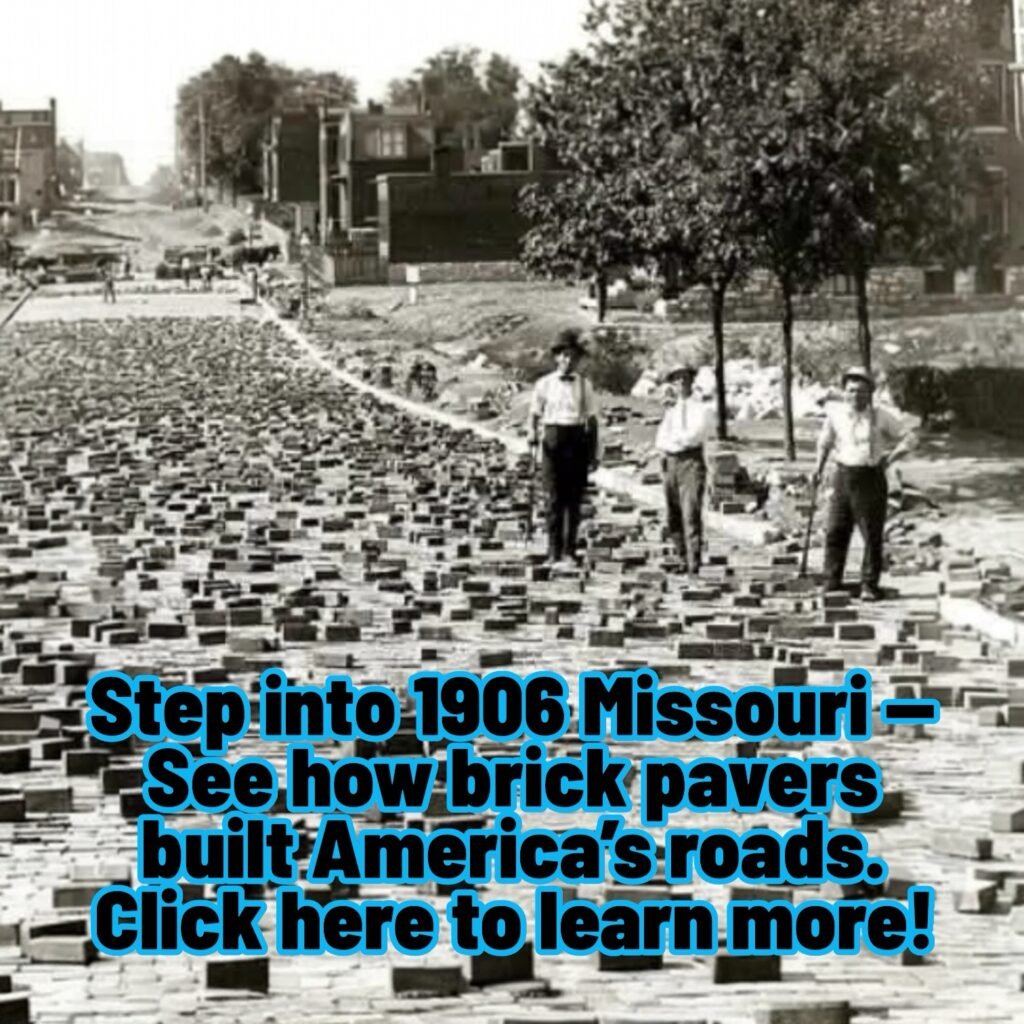
FAQ: The First Gas Station and the Rise of Auto Travel in America
Where was the first gas station in the U.S.?
The first true gas station was located at 420 S. Theresa Avenue, St. Louis, Missouri, and opened in 1905. While others had sold gasoline, this was the first to focus exclusively on fueling cars.
Why was this such a big deal?
Until then, gas was sold in buckets or cans at hardware stores. This station introduced the idea of drive-up fueling, changing everything for automobile owners.
Is the original gas station still there?
Unfortunately, no. The original structure is long gone. But the legacy of that first station remains embedded in the growth of American car culture.
How did gas stations evolve after that?
From that first hand-cranked pump to today’s card-swipe and EV charging stations, gas stations have become essential to daily travel, commerce, and lifestyle in the U.S.
How can I learn more about Missouri’s history with travel and innovation?
Explore these related posts:
- Discover Missouri’s best family destinations
- See how the Gateway Arch was built
- Uncover the secrets of the Missouri State Penitentiary
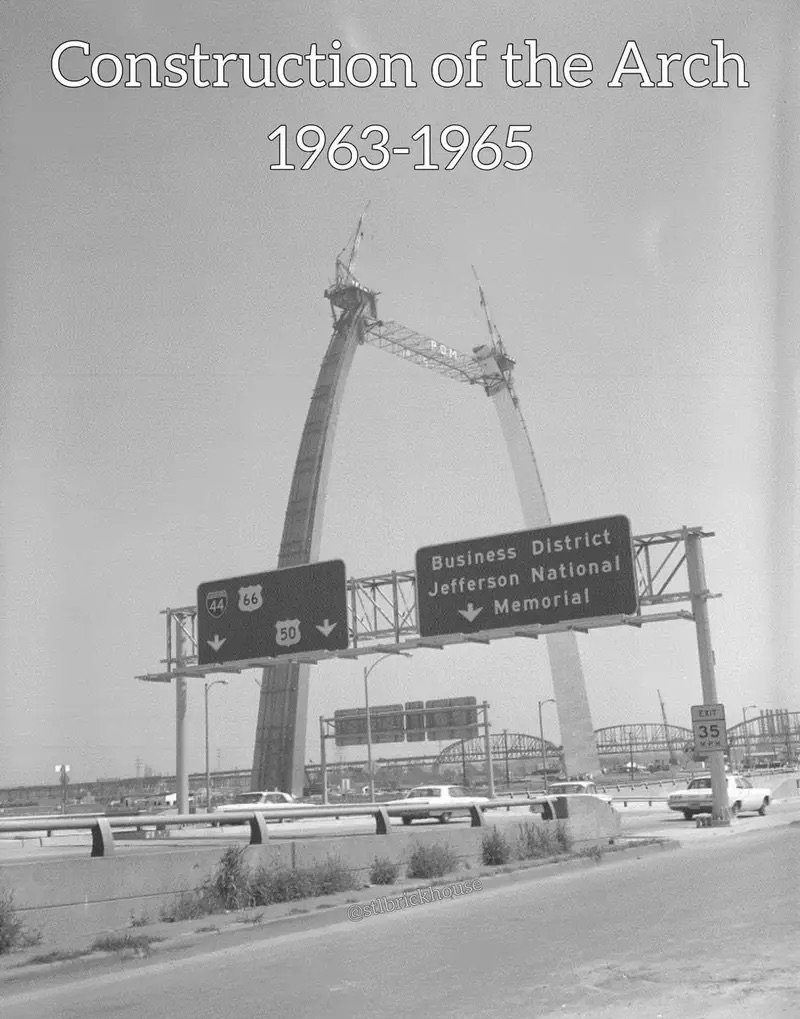
Why This Moment Still Matters Today
That little gas station in St. Louis, Missouri may not seem like a big deal now—but it laid the foundation for how we move, work, and vacation across this country. It turned car ownership from a novelty into a lifestyle, and gave birth to a new American tradition: the road trip.
Every time you pull up to a pump, remember—it all started here. The first gas station in the United States didn’t just serve up fuel. It fueled freedom. 🚗🇺🇸
As an Amazon Associate we earn from qualifying purchases through some links in our articles.


